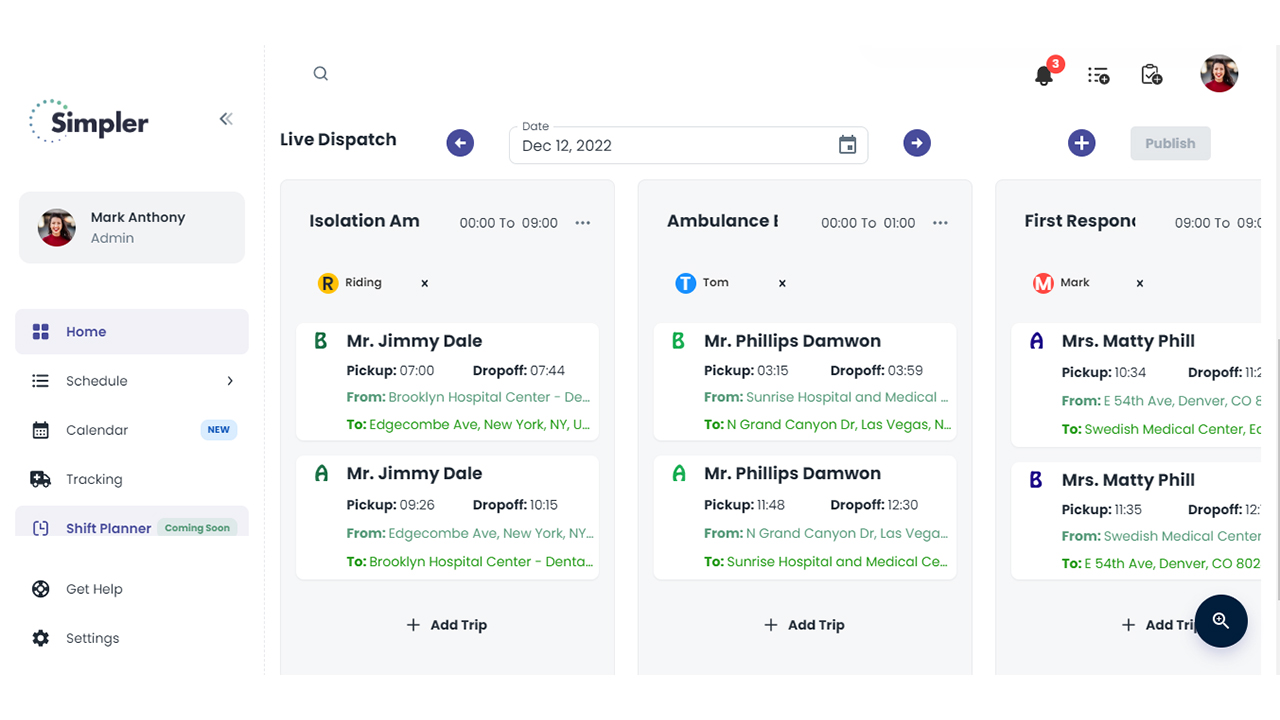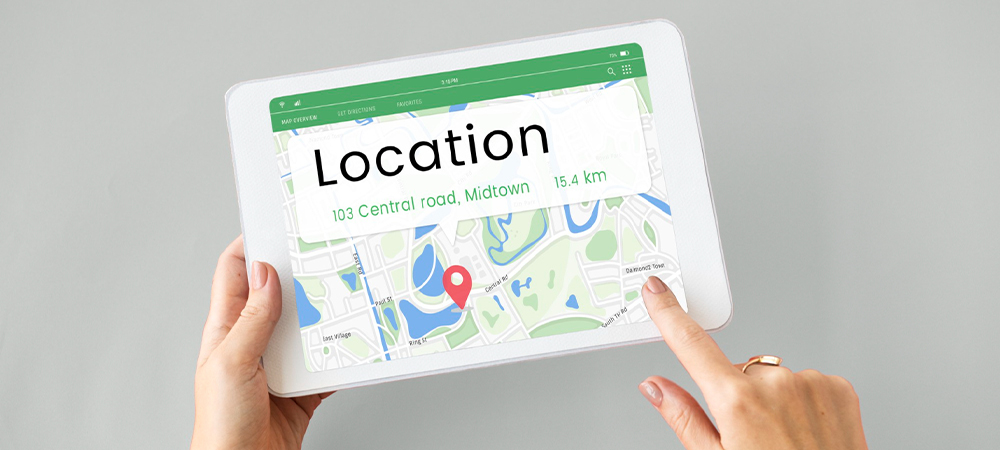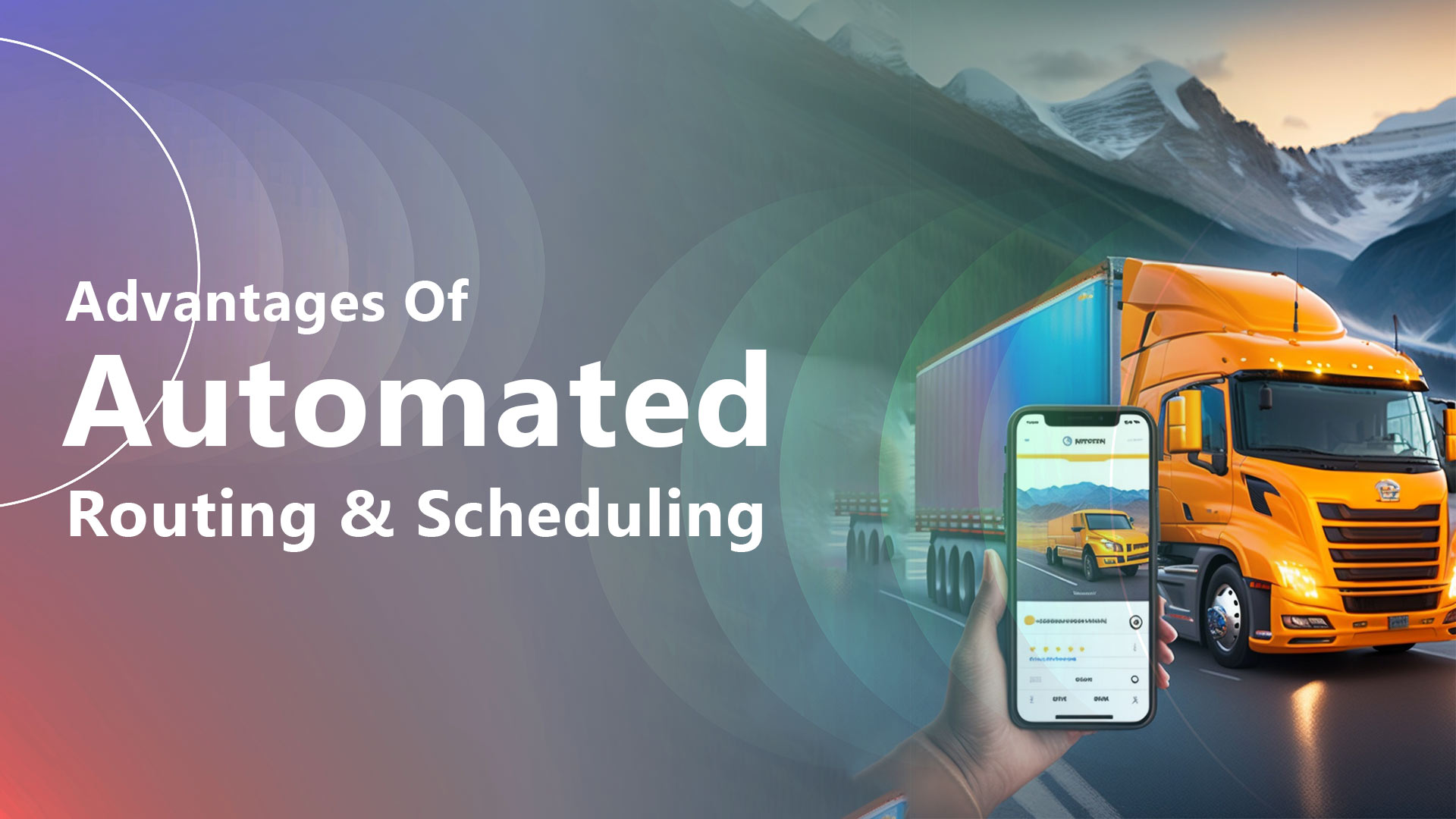In today’s fast-paced world, efficient fleet management is crucial for businesses that rely on transportation and logistics. Manual planning and scheduling can be time-consuming, error-prone, and inefficient. However, with the advent of automated routing and scheduling systems, businesses can optimize their fleet operations and reap numerous benefits. In this article, we will explore the advantages of automated routing and scheduling for fleet management.
Introduction
Managing a fleet of vehicles involves multiple complex tasks, such as planning routes, assigning drivers, tracking vehicles, and ensuring timely deliveries. These tasks can be overwhelming and prone to human error when performed manually. Automated routing and scheduling systems offer a solution by leveraging technology to streamline these processes and make them more efficient.

What is Automated Routing and Scheduling?
Automated routing and scheduling involve the use of software and algorithms to optimize and automate the planning and execution of routes for vehicles in a fleet. These systems take into account various factors such as distance, traffic conditions, delivery windows, vehicle capacity, and driver availability to create the most efficient routes.
Advantages of Automated Routing and Scheduling
Increased Efficiency and Productivity
Automated routing and scheduling systems significantly improve the efficiency and productivity of fleet operations. By automatically generating optimized routes, businesses can reduce travel time, minimize fuel consumption, and increase the number of deliveries or service calls per day. This leads to cost savings and improved overall operational efficiency.
Cost Reduction
One of the key advantages of automated routing and scheduling is cost reduction. By optimizing routes, businesses can minimize fuel costs, vehicle wear and tear, and overtime expenses. Furthermore, the ability to plan routes effectively ensures that vehicles are utilized to their maximum capacity, reducing the need for unnecessary trips.
Improved Customer Service
Automated routing and scheduling systems enable businesses to provide better customer service. With accurate ETAs (Estimated Time of Arrival) and real-time tracking capabilities, businesses can keep customers informed about the status of their deliveries or service appointments. This transparency builds trust and enhances the overall customer experience.
Enhanced Safety and Compliance
Safety is paramount in fleet management. Automated routing and scheduling systems help improve safety by considering factors such as traffic conditions, driver qualifications, and vehicle maintenance schedules. By ensuring compliance with regulations and minimizing risks, businesses can prevent accidents and costly penalties.
Better Resource Utilization
Automated routing and scheduling systems optimize resource allocation by matching the right vehicle to the right task based on factors such as proximity, capacity, and skill requirements. This results in improved resource utilization, reduced idle time and increased overall fleet productivity.

Key Features of Automated Routing and Scheduling Systems
To fully leverage the advantages of automated routing and scheduling, it’s important to understand the key features that these systems offer:
Real-Time Tracking and Monitoring
Automated routing and scheduling systems provide real-time tracking and monitoring of vehicles. This enables businesses to have full visibility into their fleet’s location, status, and performance. Real-time data empowers businesses to make informed decisions and respond promptly to any unexpected events or delays.
Optimization Algorithms
These systems utilize powerful optimization algorithms to generate efficient routes considering multiple variables. By considering factors such as traffic, delivery windows, vehicle capacity, and driver availability, the algorithms find the most optimal routes that save time, reduce costs, and increase productivity.
Integration with Other Systems
Automated routing and scheduling systems can integrate with other systems such as GPS, inventory management, and customer relationship management (CRM) software. This seamless integration allows for the exchange of data and streamlines the entire workflow, eliminating manual data entry and reducing errors.
Reporting and Analytics
Automated routing and scheduling systems provide detailed reports and analytics on various aspects of fleet operations. Businesses can analyze key performance indicators (KPIs), identify areas for improvement, and make data-driven decisions to optimize their fleet management strategies.
Customization and Scalability
The best routing and scheduling systems offer customization options to tailor the software to specific business needs. They should also be scalable, allowing businesses to add or remove vehicles, drivers, or locations as their fleet grows or changes.

Case Study: Desol Int. Fleet Management Software
As an example of the advantages of automated routing and scheduling, let’s take a look at the fleet management software developed by Desol Int., a leading web application development company. Desol Int. partnered with a client in the fleet industry to create a comprehensive fleet management and logistics system. This software aimed to optimize routes, improve operational efficiency, and enhance customer satisfaction. By leveraging automated routing and scheduling algorithms, the client experienced significant benefits.
Overview of the Project
The project involved developing a web-based fleet management system that integrated seamlessly with the client’s existing infrastructure. The software incorporated advanced route optimization algorithms, real-time tracking, driver and crew management, and driver payout management. It allowed the client to manage their fleet of vehicles more effectively, minimize costs, and ensure on-time deliveries.
Benefits Achieved
The implementation of the automated routing and scheduling system yielded several benefits for the client. Firstly, the software optimized routes, resulting in reduced travel time and fuel consumption. This led to significant cost savings for the client and improved overall operational efficiency. The dynamic scheduling capabilities ensured that tasks were assigned to vehicles and drivers based on real-time data, ensuring optimized resource allocation and timely deliveries. As a result, customer satisfaction increased, and the client’s reputation in the industry improved.
Implementing Automated Routing and Scheduling
Implementing automated routing and scheduling systems requires careful planning and consideration. Here are the key steps involved:
Assessing Business Needs
Before implementing automated routing and scheduling, businesses need to assess their specific requirements, challenges, and goals. This includes understanding the size of the fleet, the nature of operations, and any unique considerations.
Training and Adoption
Proper training is essential to ensure the smooth adoption of the new system. Businesses should provide training to employees involved in fleet management and encourage their active participation in the implementation process.
Overcoming Challenges
Implementing automated routing and scheduling systems may come with challenges such as resistance to change, technical issues, or data integration complexities. It’s important to address these challenges proactively and seek support from the software provider if needed.

Successful Use Cases of Automated Routing and Scheduling
Automated routing and scheduling systems have been successfully implemented in various industries. Some notable use cases include:
Fleet Management and Logistics
Automated routing and scheduling systems have revolutionized fleet management and logistics. Companies can efficiently manage their fleets, optimize routes, and ensure on-time deliveries, leading to cost savings and improved customer satisfaction.
Delivery and Distribution Services
Delivery and distribution services heavily rely on efficient routing and scheduling. With automated systems, businesses can minimize delivery time, reduce errors, and enhance the overall customer experience.
Field Service Operations
Field service operations, such as repairs or installations, benefit from automated routing and scheduling. Businesses can assign tasks to the nearest available technician, optimize routes, and ensure timely service, resulting in increased productivity and customer satisfaction.
Public Transportation
Public transportation agencies use automated routing and scheduling to optimize bus or train routes, improve passenger experience, and reduce delays. These systems help in managing complex schedules and adapting to changing conditions.
Waste Management
Efficient waste management requires effective routing and scheduling. Automated systems enable waste management companies to optimize collection routes, reduce fuel consumption, and minimize environmental impact.
Future Trends in Automated Routing and Scheduling
The future of automated routing and scheduling holds exciting possibilities. Some emerging trends include:
- Integration with emerging technologies like artificial intelligence (AI) and machine learning (ML) for even more accurate route optimization.
- Increased adoption of electric and autonomous vehicles, which will require specialized routing algorithms and charging station planning.
- Enhanced predictive analytics to anticipate and mitigate potential disruptions or delays in real-time.
- Seamless integration with smart city infrastructure, enabling efficient coordination between fleets, traffic signals, and road conditions.

Conclusion
Automated routing and scheduling systems offer significant advantages for fleet management. They enhance efficiency, reduce costs, improve customer service, ensure safety and compliance, and optimize resource utilization. By implementing these systems and staying abreast of future trends, businesses can unlock the full potential of their fleet operations.
FAQs
Q1: Can automated routing and scheduling systems work with existing fleet management software?
Yes, most automated routing and scheduling systems can integrate with existing fleet management software, GPS systems, and other relevant tools. This integration allows for seamless data exchange and a more comprehensive fleet management solution.
Q2: How long does it take to implement an automated routing and scheduling system?
The implementation timeline varies depending on the complexity of the business requirements and the chosen software. It can take a few weeks to a few months to fully implement and customize the system according to specific needs.
Q3: Can automated routing and scheduling systems handle dynamic changes in real time?
Yes, modern systems are designed to handle dynamic changes such as new orders, cancellations, traffic congestion, or weather conditions. The optimization algorithms can quickly recalculate and generate updated routes to adapt to real-time changes.
Q4: Is automated routing and scheduling only beneficial for large fleets?
No, businesses of all sizes can benefit from automated routing and scheduling systems. Even small fleets can achieve significant cost savings, efficiency improvements, and better customer service by optimizing their routes and operations.
Q5: How do automated routing and scheduling systems contribute to sustainability?
By optimizing routes and reducing unnecessary miles traveled, automated routing and scheduling systems help minimize fuel consumption and carbon emissions. They also promote efficient resource utilization, reducing waste and environmental impact.
